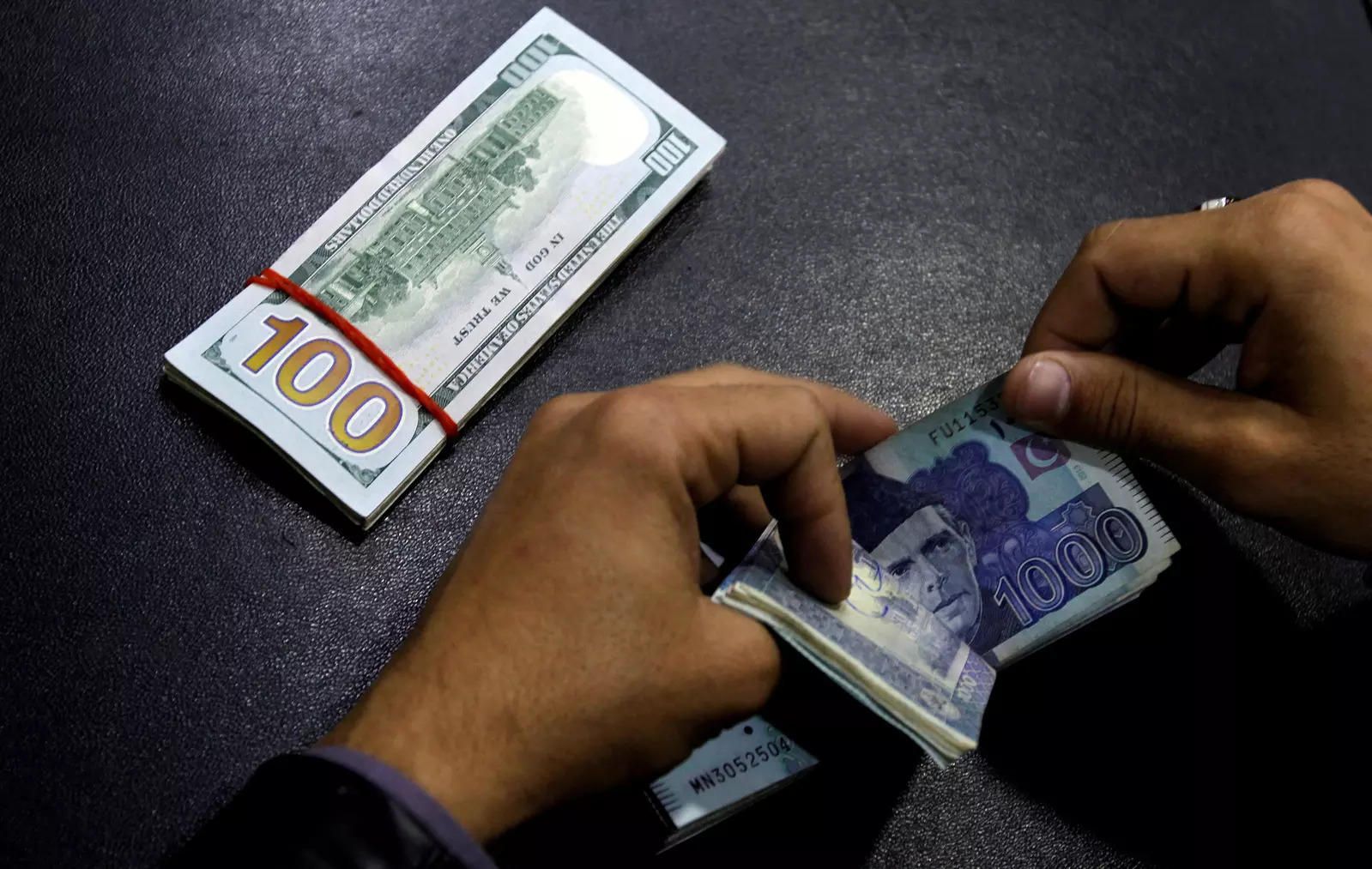The Pakistani rupee continues to face downward pressure against the US dollar, even with the recent surge in dollar inflows. For the second consecutive session, the rupee depreciated by Rs1.67, closing at Rs279.26 in the interbank market on Monday. The recent appreciation in the dollar by Rs2.81 over the last two sessions indicates that the local currency remains vulnerable.
Despite a significant influx of dollars amounting to $4.2 billion from Saudi Arabia, the United Arab Emirates, and the International Monetary Fund (IMF), the rupee’s brief appreciation by Rs1.02 on Thursday was short-lived. The dollar quickly regained strength and dampened the rupee’s value on Monday, contrary to market expectations.
While the foreign exchange reserves of the State Bank of Pakistan (SBP) have nearly doubled to $8.7 billion with the latest inflows, the persistent high demand for greenbacks is keeping the dollar price elevated. Importers, however, still face limitations in opening letters of credit (LCs). Banks are now required by the SBP to open LCs only if they have sufficient dollar reserves, leading to practical restrictions on imports. Previously, importers were allowed to arrange dollars independently.
Despite these restrictions, importers are not entirely constrained as they can still settle payments for imports through deferred payment arrangements. Such contracts between importers and exporters allow payments to be made outside the country, including through the informal Hundi or Hawala system.
The scarcity of dollars in the open market has pushed the dollar price even higher, with rates soaring to Rs300 in the grey market, influencing an Rs4 increase in the open market rate in a single session. Zafar Paracha, General Secretary of the Exchange Companies Association of Pakistan, attributes the rise in the open market rate to the short supply of dollars.
The high prices in the grey market have also impacted the local exchange market, leading to a decline in its business. This further exacerbates the rupee’s depreciation and highlights the need for measures to stabilize the currency.
To address the rupee’s depreciation and ensure stability in the foreign exchange market, authorities must continue to monitor and manage the demand for dollars while promoting policies that attract foreign investments and boost export earnings. Strengthening the country’s economic fundamentals, reducing import dependence, and enhancing export competitiveness are essential steps toward maintaining a stable exchange rate and bolstering the rupee’s value.
Despite increased inflows of dollars, the Pakistani rupee faces persistent depreciation against the US dollar. The recent appreciation in dollar value, coupled with limited LC facilities and a shortage of dollars, continues to put pressure on the local currency. It is imperative for policymakers to adopt comprehensive strategies to address the challenges and maintain a stable exchange rate in the face of fluctuating global economic conditions.


